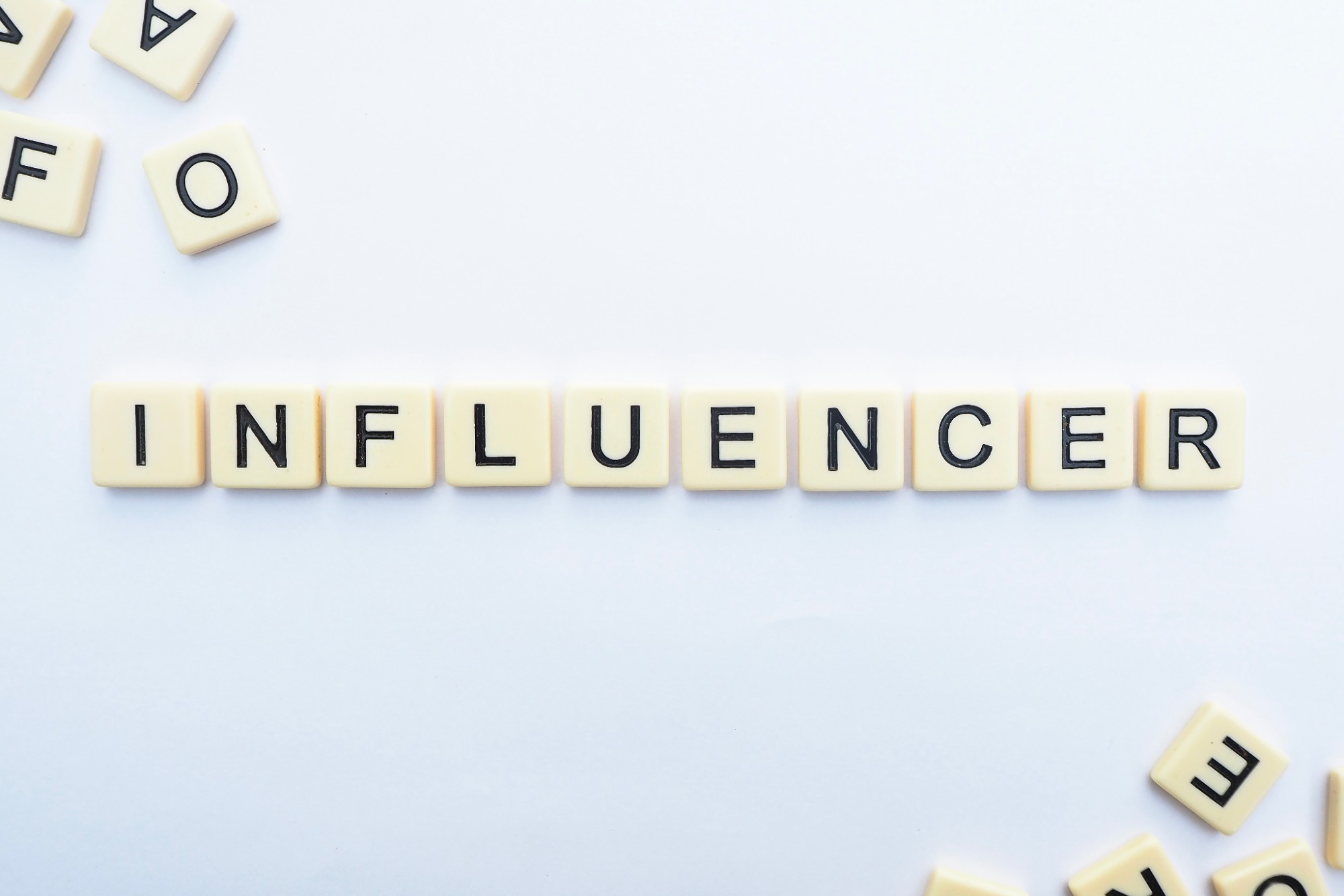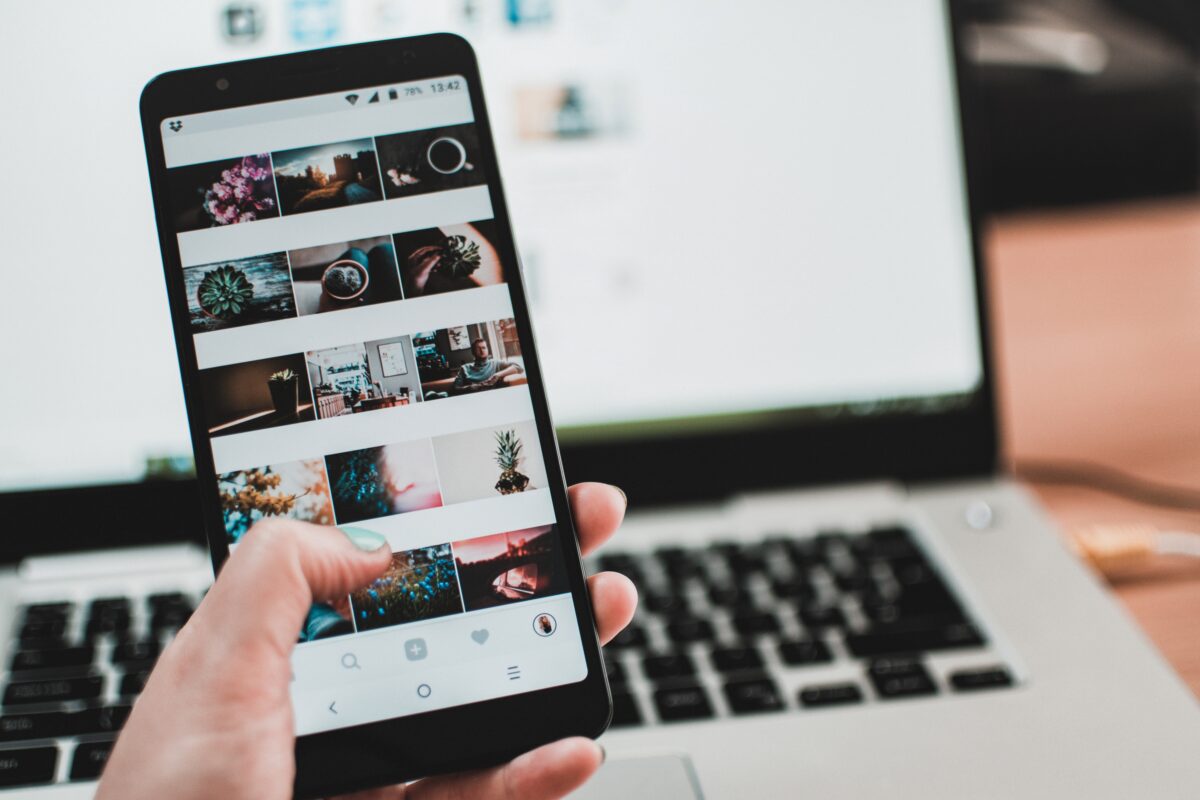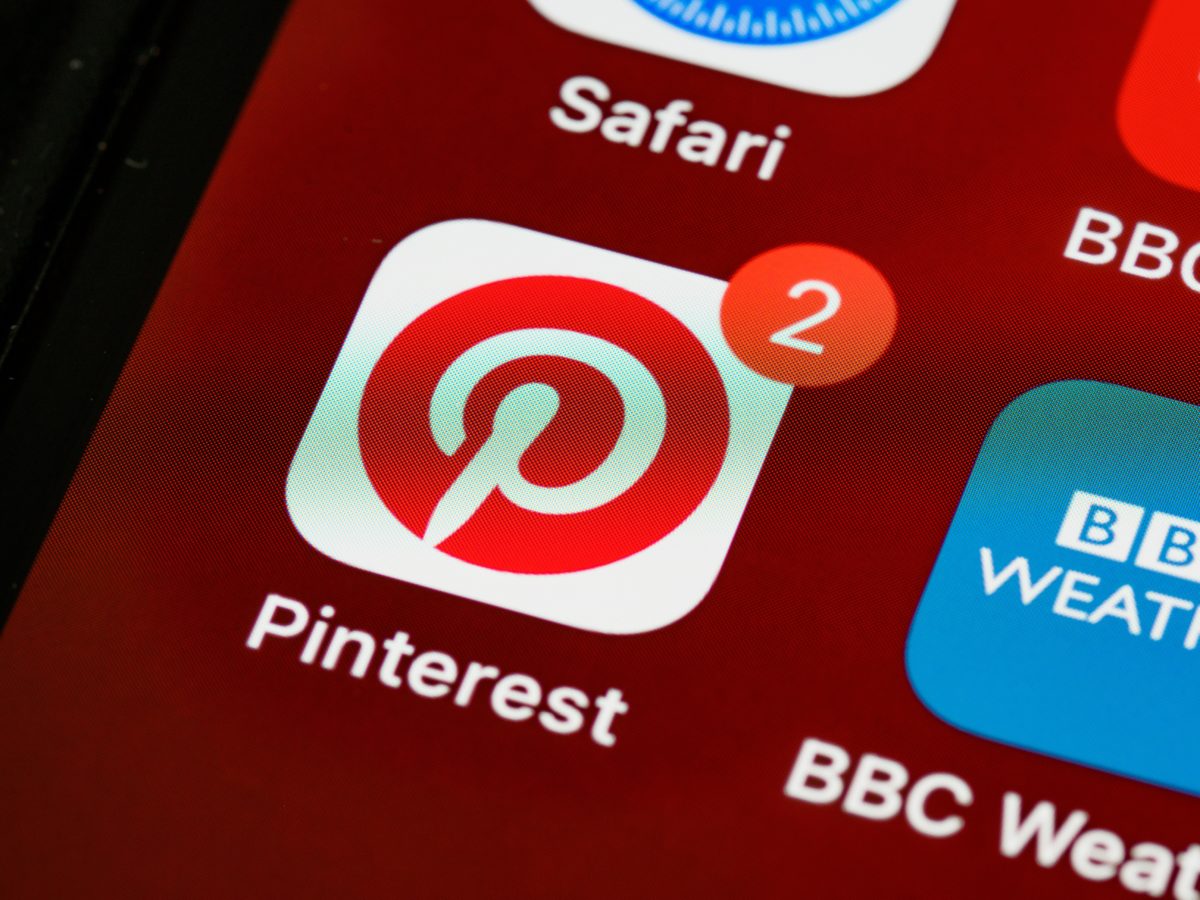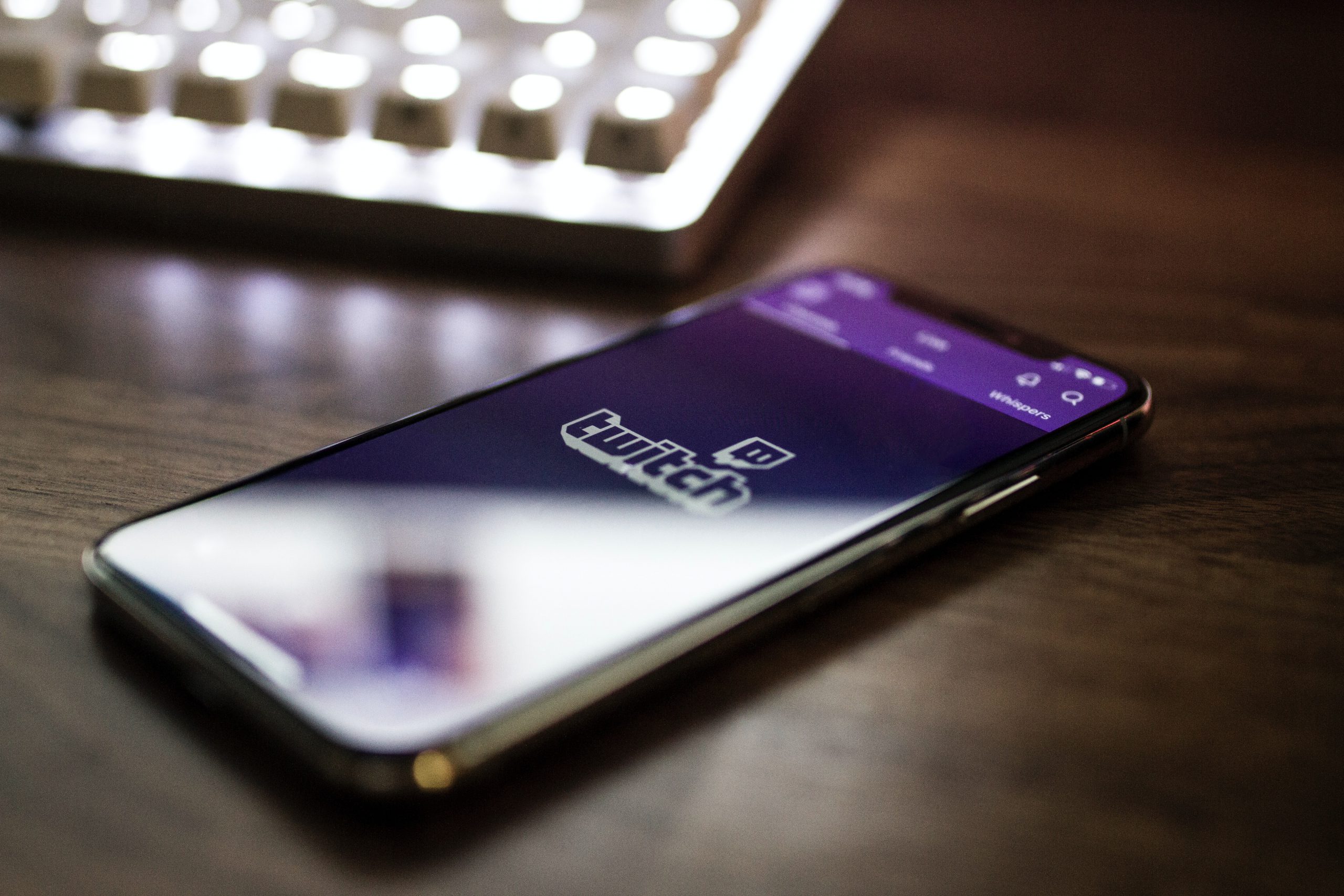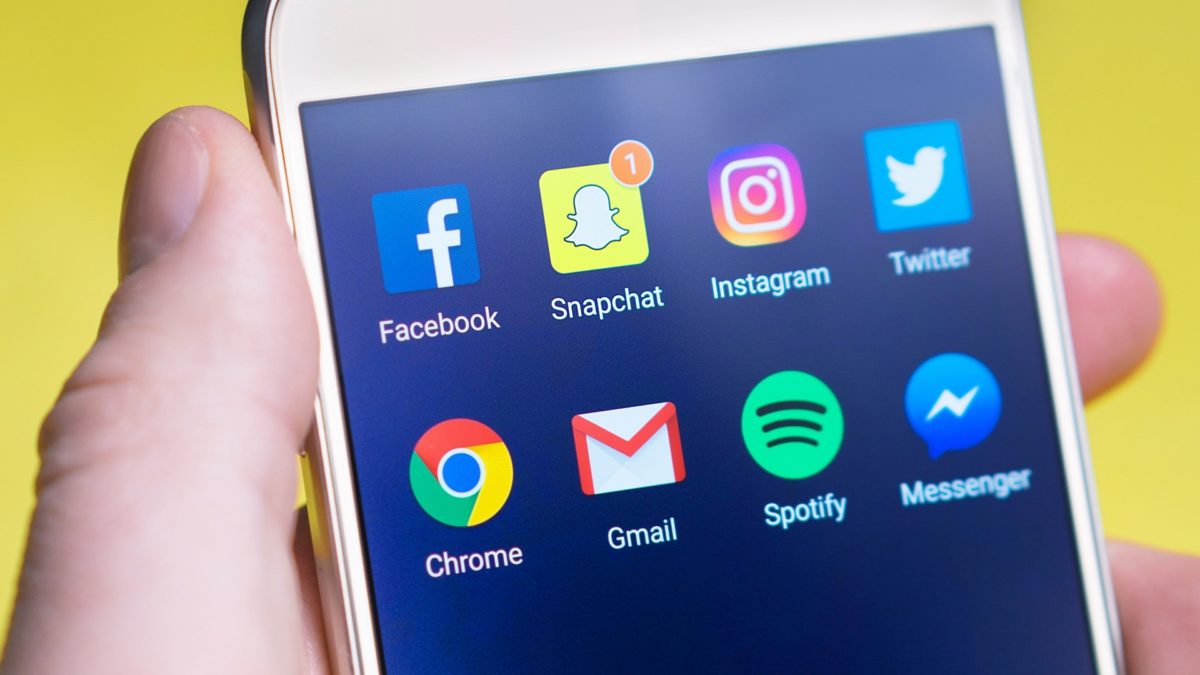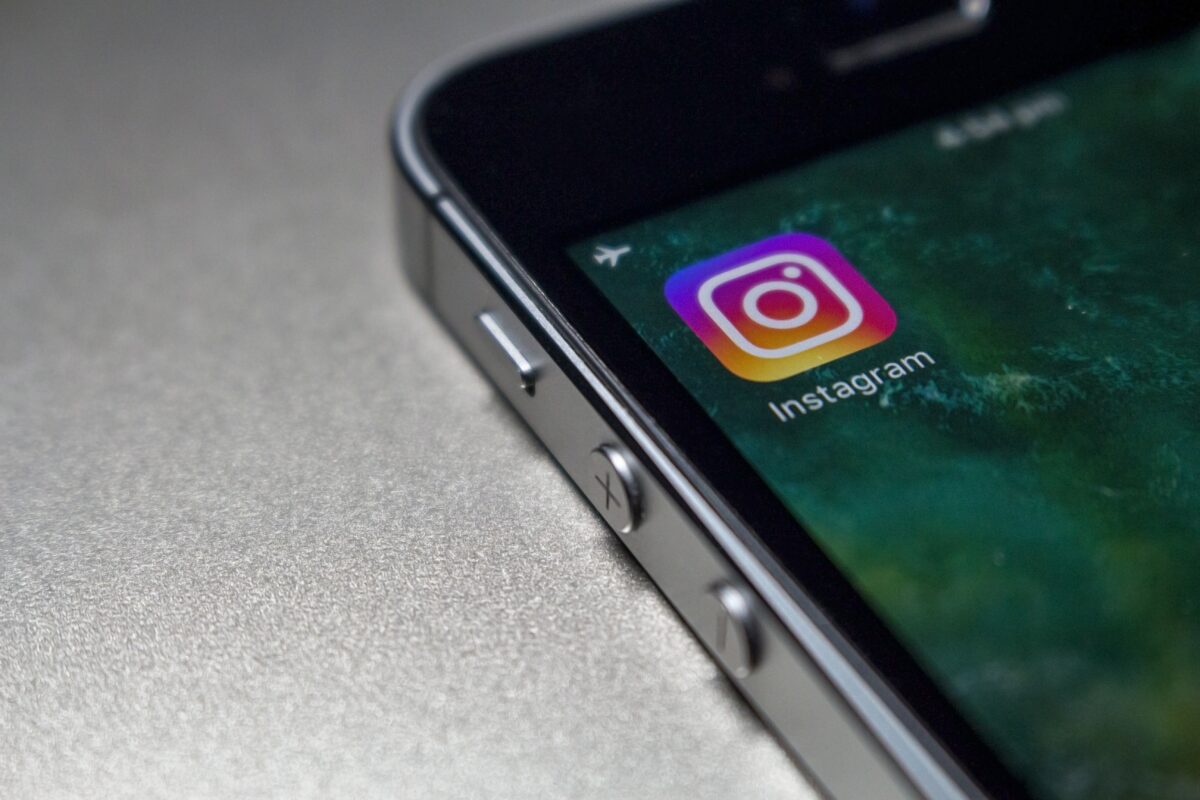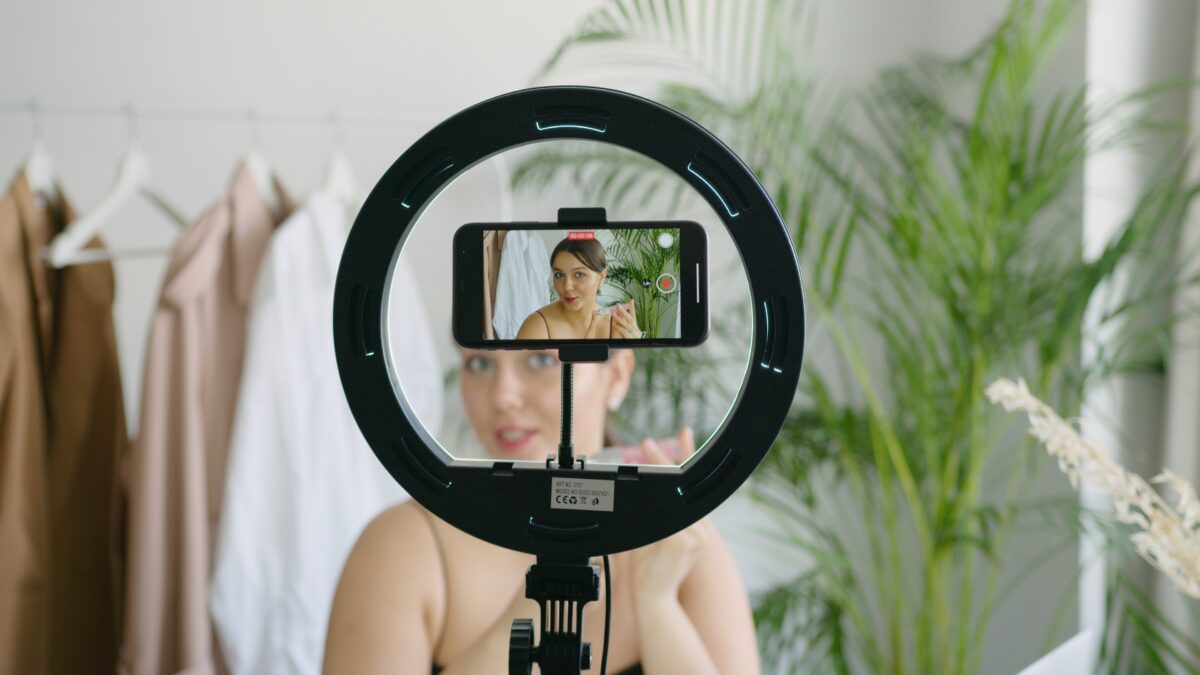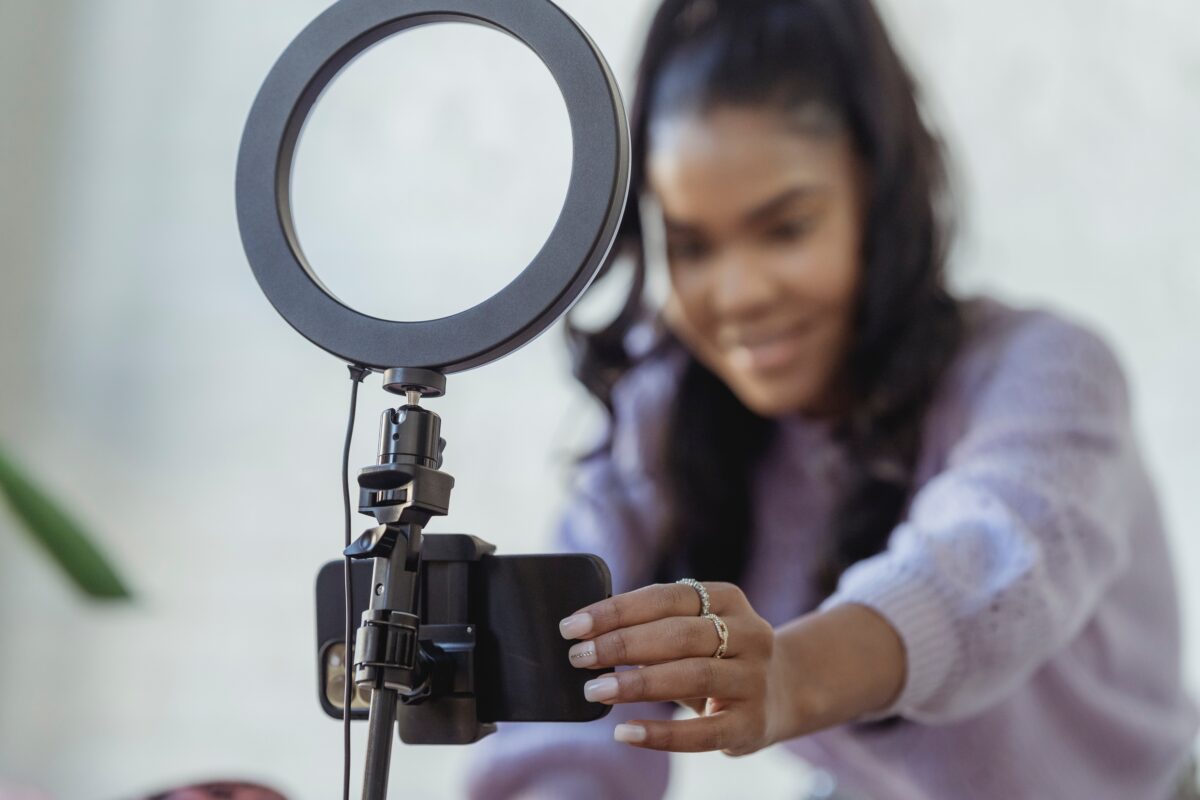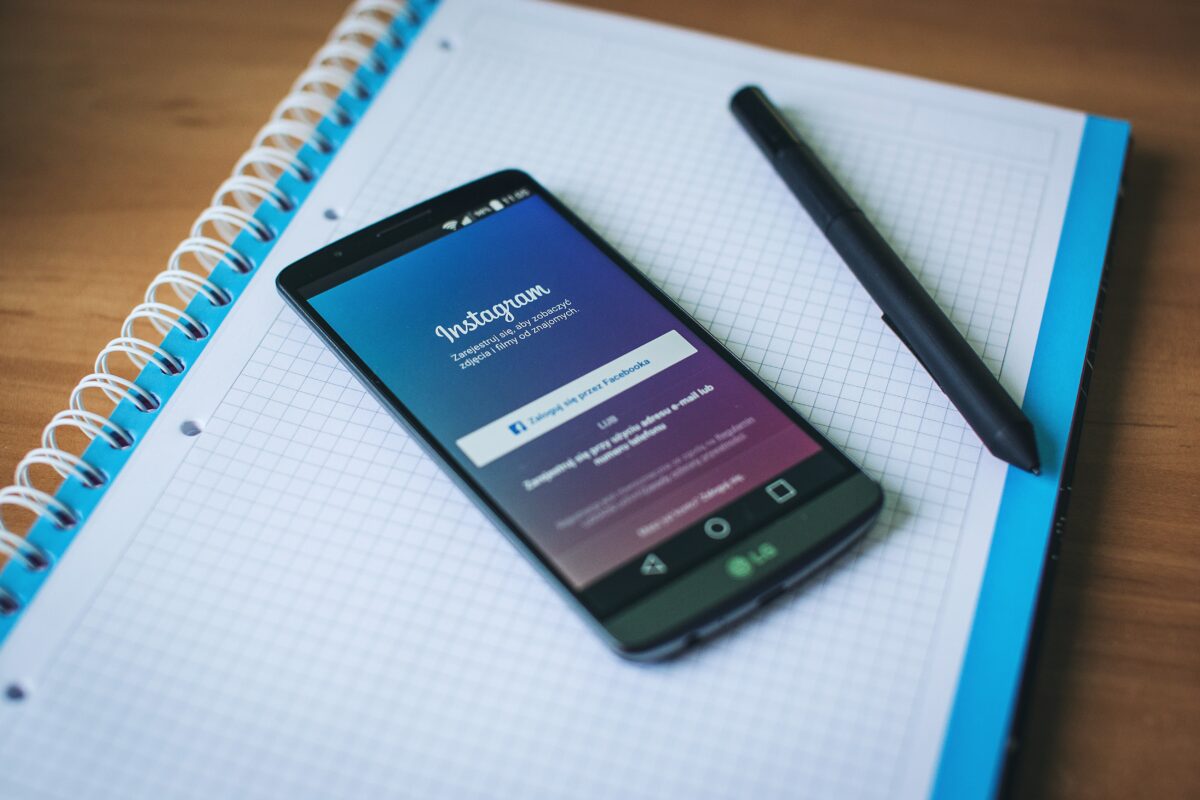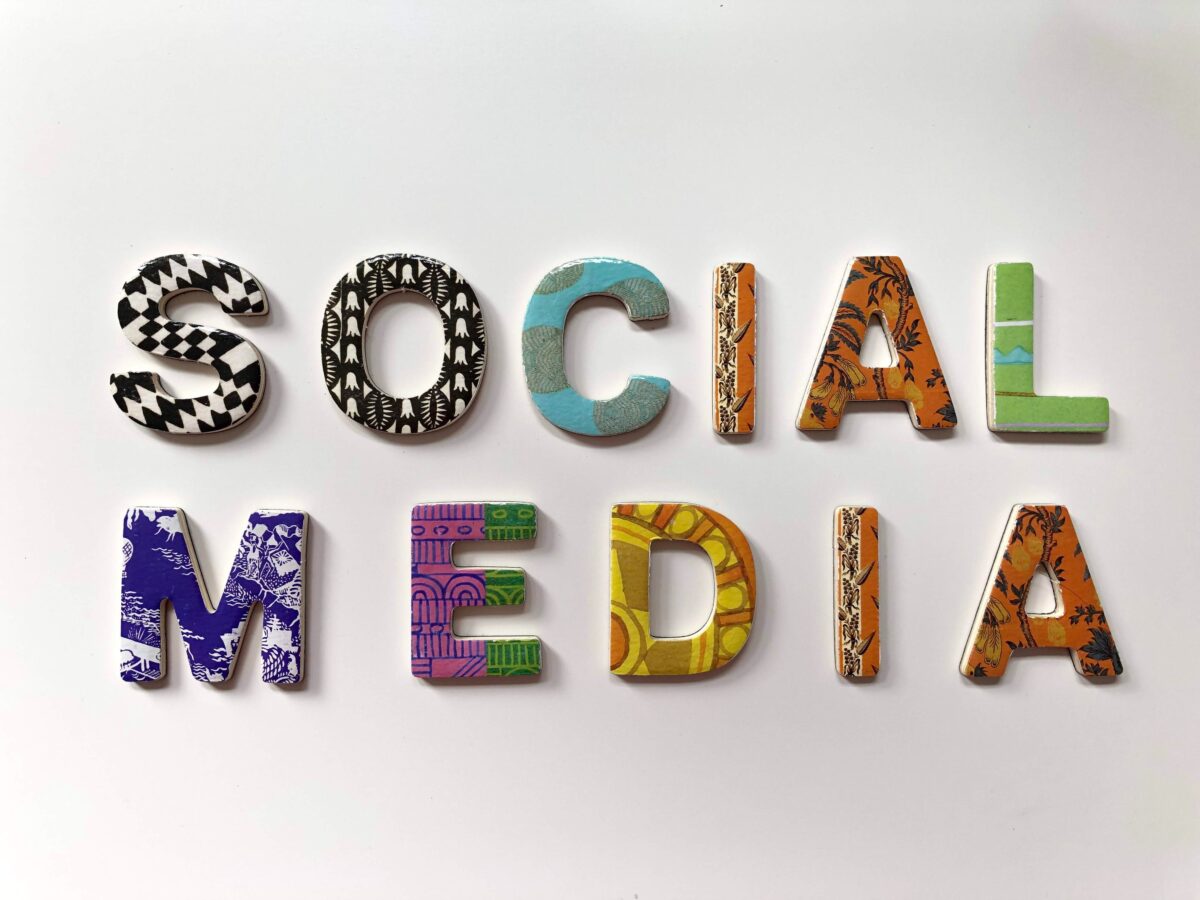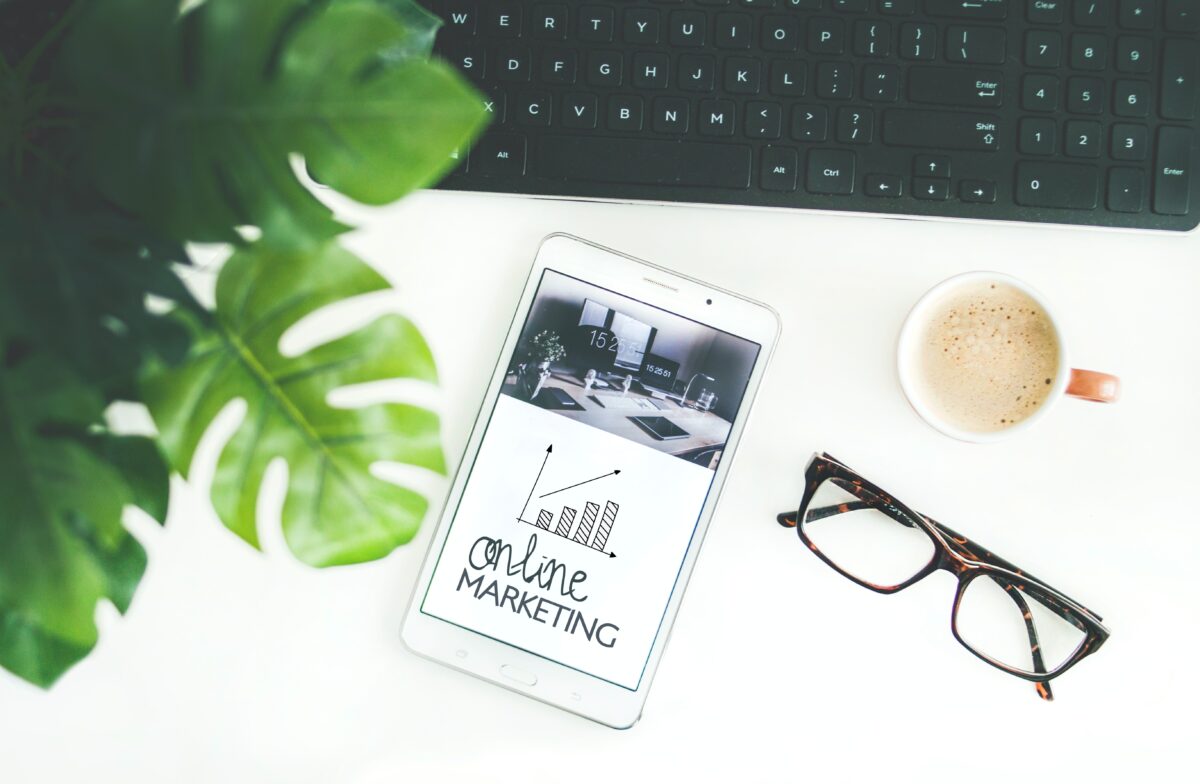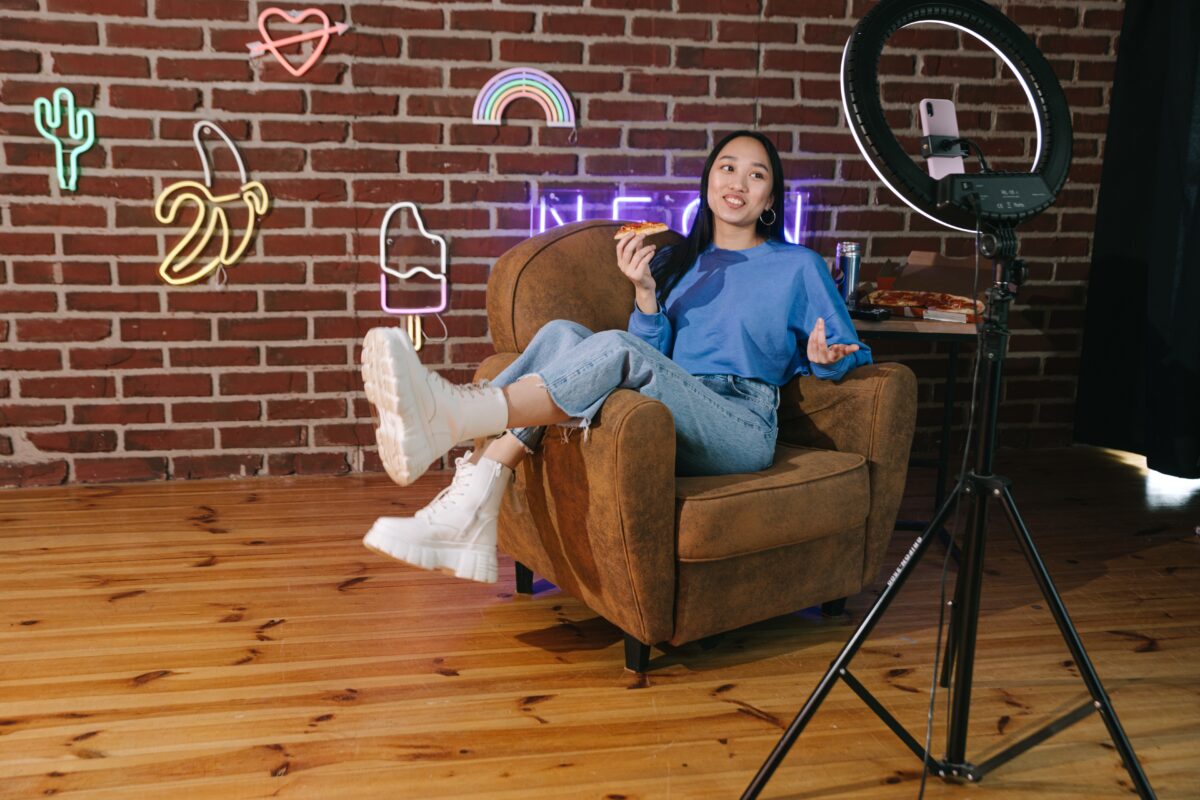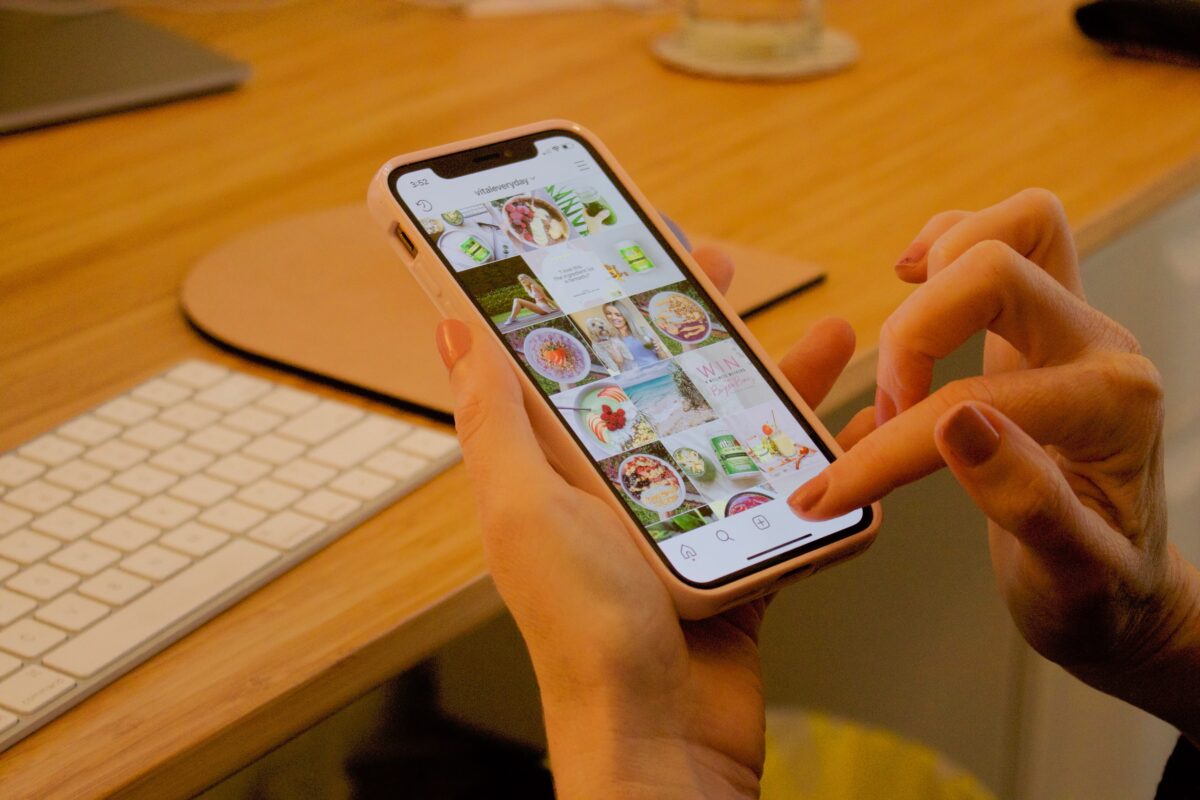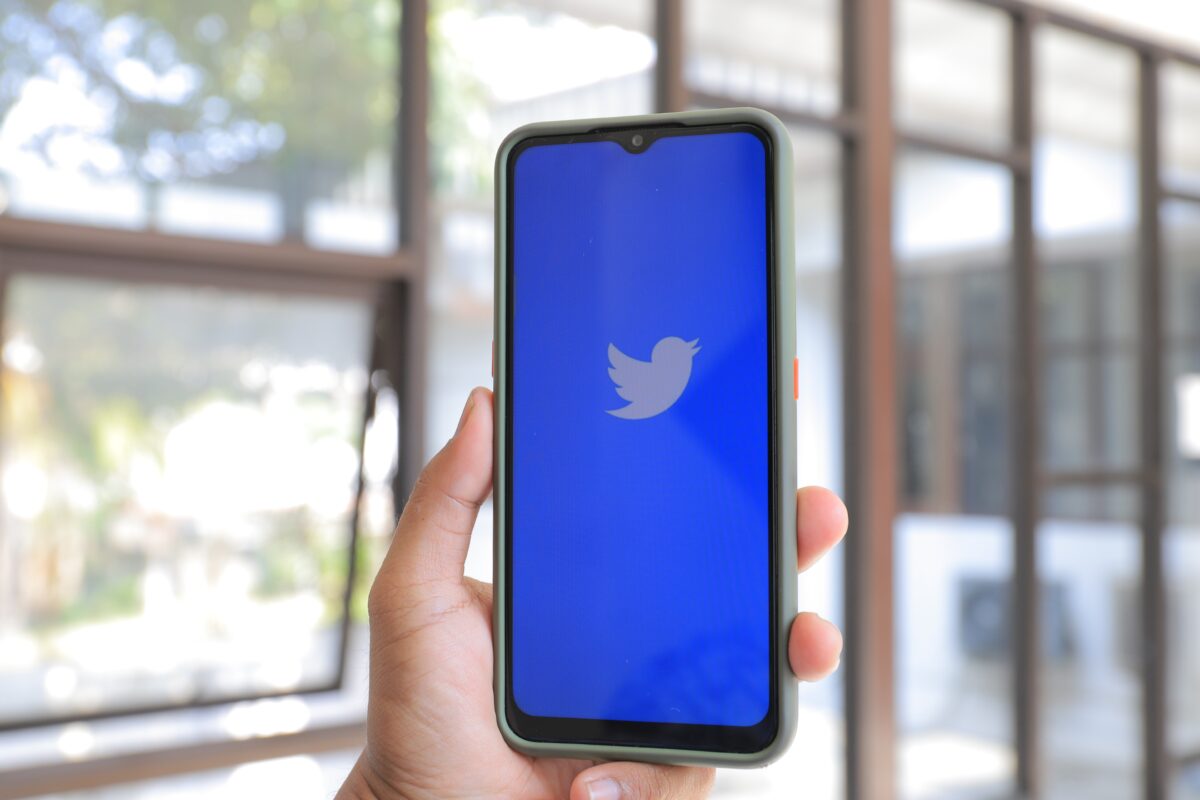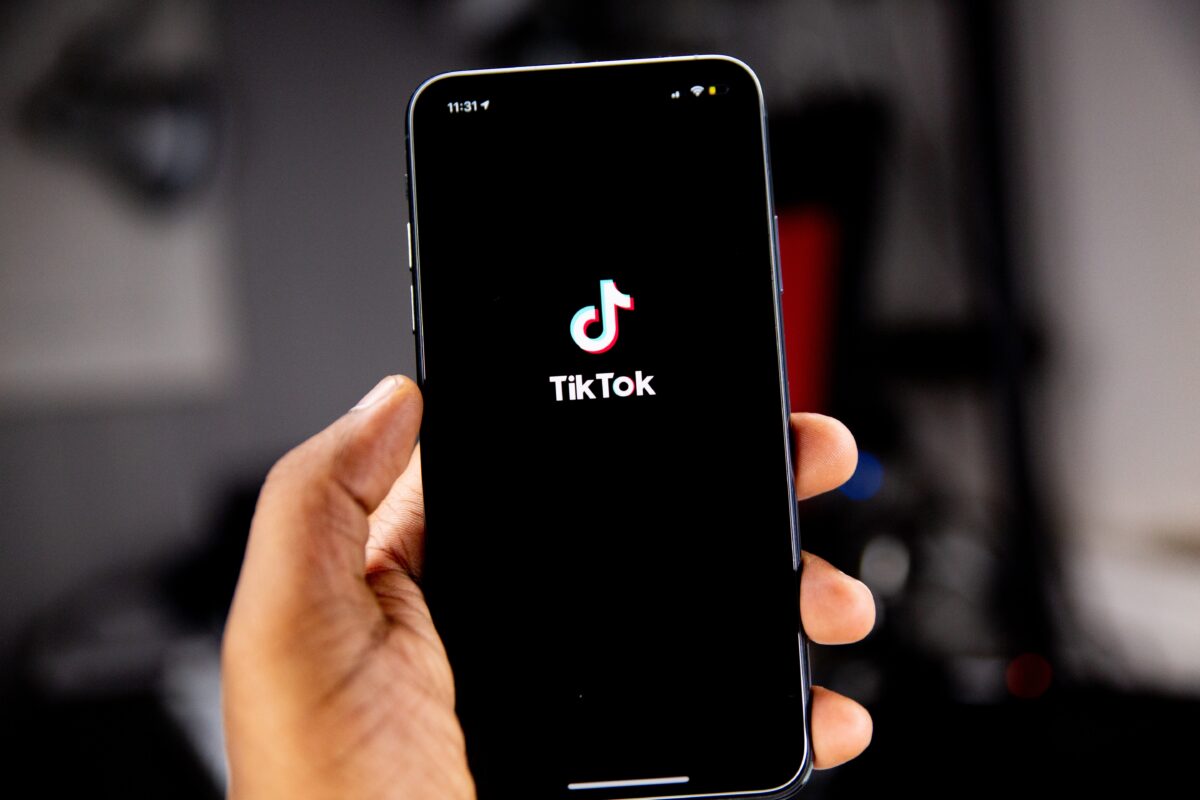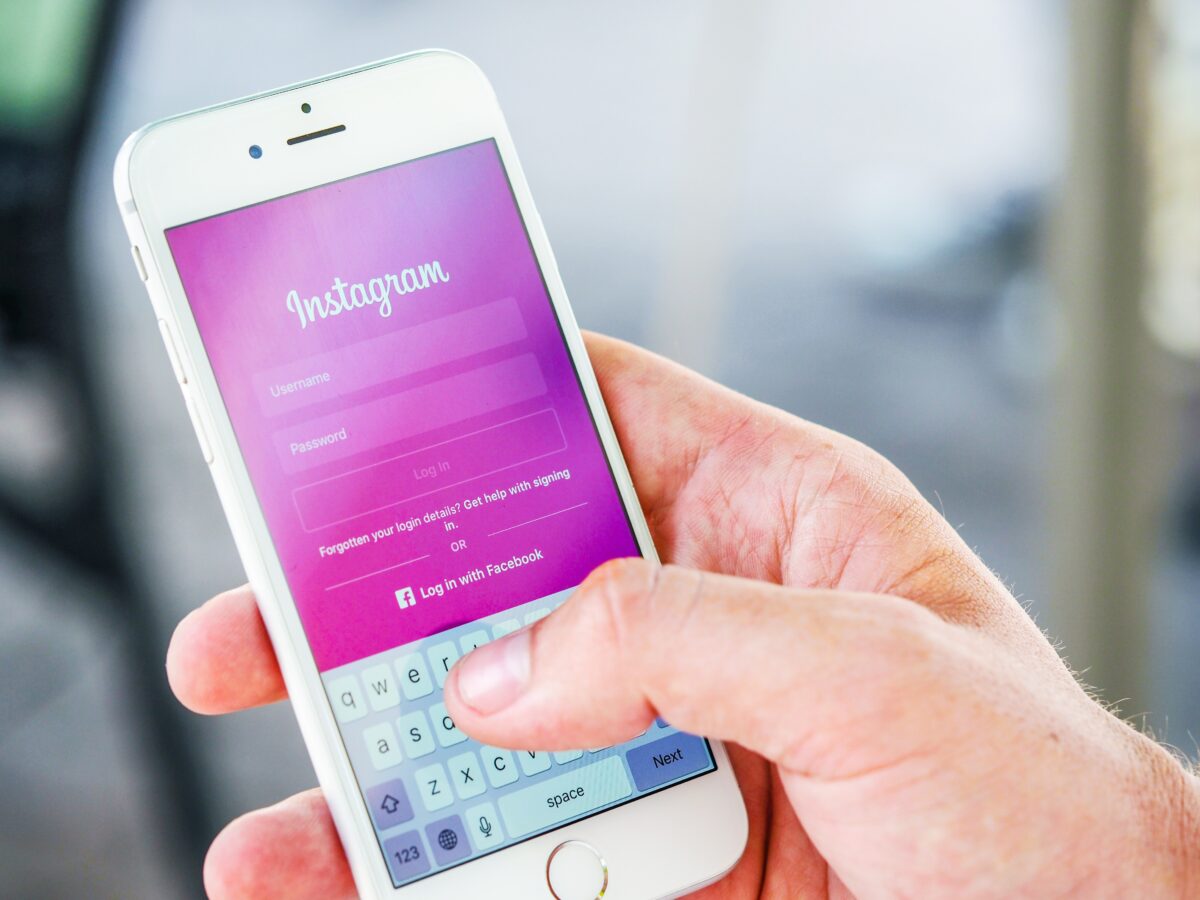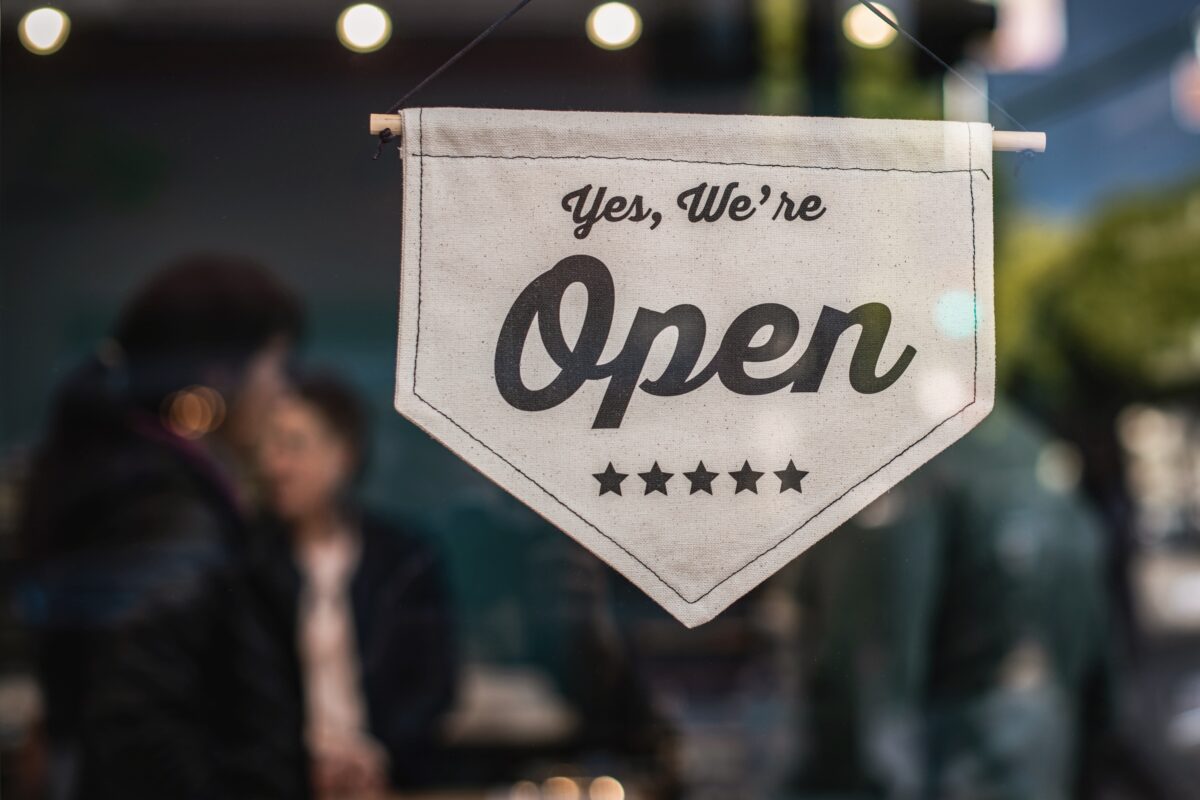Reddit marketing might make some businesses nervous—but rather than avoiding it, smart marketers are learning how to embrace Reddit’s unique culture and tap into its massive user base. Often dubbed the “front page of the internet,” Reddit is a massive network of communities—called subreddits—where users … Continue reading “4 tips to market your brand on Reddit”
7 tips to successfully advertise on Reddit
Reddit doesn’t look like Facebook, Instagram or Twitter, so advertising on the social media platform might feel intimidating. The website refers to itself as a “network of communities based on people’s interests.” These communities, known as subreddits, enable members to share images, videos and links … Continue reading “7 tips to successfully advertise on Reddit”
Maximizing your brand’s reach: Effective social media advertising and management strategies
Social media is a great way to advertise your brand and its products and/or services, but being effective can sometimes feel like an impossible challenge. People use social media platforms for different reasons, and your job is to figure out how to get them to … Continue reading “Maximizing your brand’s reach: Effective social media advertising and management strategies”
Curated content: 10 tools to help you discover, share more on social media
Curated content helps you save time, diversify your mix of social media content, serve your audience, and appear to be an expert. Just in case you’re unfamiliar, curated content is “content gathered from trusted sources relevant to your industry,” according to Hootsuite. See our five … Continue reading “Curated content: 10 tools to help you discover, share more on social media”
7 opportunities for social media automation you might not have thought of
Social media automation is a must for any small business. It both saves time and helps you stay consistent across social media platforms. Automation itself refers to any activity that you don’t have to do in real time (and perhaps don’t have to do yourself … Continue reading “7 opportunities for social media automation you might not have thought of”
The future of influencer marketing: Combining digital influence with physical products
Influencer marketing has rapidly transformed into a powerful strategy for businesses to forge connections with their target audiences in recent years. The undeniable fact that 92 percent of marketers recognize influencer marketing’s efficacy speaks volumes about its impact. Yet, what truly distinguishes influencers from the … Continue reading “The future of influencer marketing: Combining digital influence with physical products”
7 tips to create a social media policy for your small business
In this ever-evolving age of technology, a social media policy is critical for any small business. However, many small businesses don’t have one. While 74 percent of adults use social media, about 73 percent of companies don’t have an official social media policy. This opens … Continue reading “7 tips to create a social media policy for your small business”
7 tips to become a successful fitness influencer [plus examples]
A fitness influencer promotes an active and healthy lifestyle on any given social media platform. Sounds simple enough, right? But there is so much more to becoming a successful fitness influencer who not only offers advice and support but also works with brands to promote … Continue reading “7 tips to become a successful fitness influencer [plus examples]”
6 ways to collect email addresses without a website
We’ve said it before: email marketing is a critical component of any overall digital marketing strategy. For every $1 you spend on email marketing, you can expect an average return of $42. Check out these 48 statistics that show the value of email marketing for … Continue reading “6 ways to collect email addresses without a website”
Influencer marketing: 7 tips to know before starting your first campaign
Once considered the “new kid on the block” of digital advertising, influencer marketing has risen in both popularity and effectiveness (when done right). Brands are expected to spend up to $15 billion on influencer marketing in recent years, according to Business Insider. In the simplest … Continue reading “Influencer marketing: 7 tips to know before starting your first campaign”
10 ways you can creatively and digitally promote your business
In the ever-evolving landscape of digital marketing, using creative strategies is imperative for businesses aiming to stand out and capture the attention of their target audience through digital promotion. The following are 10 effective ways to digitally promote your business, emphasizing innovation and engagement. From … Continue reading “10 ways you can creatively and digitally promote your business”
Choosing the right platform for influencer marketing: A comprehensive guide
Understanding Influencer Marketing: A Key Digital Strategy Influencers are online personalities who use social media platforms to share their interests, hobbies, professions and ultimately their brand. As a result, they are followed by an engaged audience on at least one or more platforms. Influencers can … Continue reading “Choosing the right platform for influencer marketing: A comprehensive guide”
5 ways to drive sales using Instagram shoppable posts
If you’re looking to sell more online, don’t overlook Instagram shoppable posts. This feature allows businesses to tag products (which are listed in their Instagram Shop catalog) directly in various Instagram posts, including feed posts, Instagram Stories, IGTV videos, Reels, Live streams and Instagram Guides. … Continue reading “5 ways to drive sales using Instagram shoppable posts”
6 expert tips for marketing on Pinterest
While Pinterest has definitely been around as long as some of the other bigger social media platforms, it’s not often thought of first as a marketing opportunity. And it’s even less common to have a thought-out strategy for it. But if your brand’s target audience … Continue reading “6 expert tips for marketing on Pinterest”
4 things you should know about Twitch
If your business has anything to do with video games (or video game players), you must be familiar with Twitch. Originally founded in 2011 as a spinoff of Justin.tv, Twitch is currently the most-used platform for video game live-streaming. Currently owned by Amazon, Twitch offers … Continue reading “4 things you should know about Twitch”
Level up your social media skills with these 17 free online courses
With more than 3.6 billion people using social media worldwide, this form of digital marketing isn’t going anywhere anytime soon. Social media is one of several major ways to reach your target audience online. In particular, social media is great for building brand awareness, creating … Continue reading “Level up your social media skills with these 17 free online courses”
Facebook and Instagram Reels explained
Facebook Reels and Instagram Reels are new features you’ve likely noticed on Facebook, Instagram or both. You might be wondering what it is and how you can use this for your marketing. What are Facebook Reel and Instagram Reels? Reels is a feature where users … Continue reading “Facebook and Instagram Reels explained”
4 tips when using Instagram Guides
Instagram Guides are one of the most underrated Instagram features that you may not be using…yet. But Instagram Guides are excellent for sharing curated content with your followers. Users can easily consume a collection of Instagram posts, products and more in an easy-to-digest format. For … Continue reading “4 tips when using Instagram Guides”
5 ways to boost sales with customer testimonials
A big part of online purchases is research. Think customer testimonials and reviews. Consumers want to be sure they’re making the best purchase for them from a business they can trust at a competitive price. While consumers read about 10 reviews before they trust a … Continue reading “5 ways to boost sales with customer testimonials”
Going live: 7 tips for any social media platform
Going live on any social media platform can feel intimidating, but if you let fear keep you away from live videos, you’re missing out on an ample opportunity. Live videos capture attention between 10 and 20 times longer than prerecorded, on-demand content, while more than … Continue reading “Going live: 7 tips for any social media platform”
8 benefits of using an Instagram business account (and how to set it up)
Instagram is a must-have social media platform for many businesses, but do you need an Instagram business account? The visuals-first app generates about 1 billion active monthly users and is particularly popular among consumers 34 and younger. Features have diversified since its founding in 2010, … Continue reading “8 benefits of using an Instagram business account (and how to set it up)”
5 omnichannel marketing tips to help grow your business
With shopping habits rapidly evolving, it’s more important than ever for your multiple marketing channels to work together to engage consumers and ultimately lead them to purchase from you. Enter omnichannel marketing. Even if customers are in your physical store, about 42 percent of in-store … Continue reading “5 omnichannel marketing tips to help grow your business”
6 things you should know about BeReal
BeReal is one of the latest social media apps to create a buzz. It generated more than 56 million downloads in 2022, catching the attention of TikTok, which launched a feature (TikTok Now) that is reminiscent of what’s making BeReal popular. But what is BeReal? … Continue reading “6 things you should know about BeReal”
5 ways to handle social media negativity
Social media negativity is a fact of life for both individuals and brands. As a brand, however, you want to make sure that you handle any negative comments appropriately. Any misstep can become a problem for your business. About 94 percent of consumers admit that … Continue reading “5 ways to handle social media negativity”
Social media posting: How often should a brand really share?
For about as long as social media became a natural component of digital marketing, brands have wondered: “How often should I post?” Obviously, no one wants to post too much or too little. As of 2022, there are about 4 billion social media users across … Continue reading “Social media posting: How often should a brand really share?”
16 of the best marketing campaigns in 2022
An effective marketing campaign is so important to an organization’s success. Your product or service may be better than your competition, but without an effective marketing campaign, your audience will never know. Even the smallest adjustments to any marketing campaign your team creates can garner … Continue reading “16 of the best marketing campaigns in 2022”
7 tips for finding the right influencers for your digital marketing
Influencer marketing is easier said than done, especially when it comes to finding the right influencers for your brand and digital marketing campaigns. Simply put, influencer marketing involves increasing brand awareness, targeting new and niche audiences and increasing impressions and reach through a partnership with … Continue reading “7 tips for finding the right influencers for your digital marketing”
5 signs to spot fake Instagram accounts
Fake accounts are a fact of life on social media. But how do you spot a fake Instagram account so that you don’t waste your time and (more importantly) don’t get scammed? More than 2 billion people use Instagram once a month, making it the … Continue reading “5 signs to spot fake Instagram accounts”
5 tips to get verified on Twitter
Twitter, like most social media platforms, aims to help cut through bots, trolls and misinformation by various means, such as Twitter verification. And if your business is active on Twitter, you might be wondering how to get verified and earn the blue checkmark badge next … Continue reading “5 tips to get verified on Twitter”
TikTok: 6 tips to get verified as a business
If you’re looking to include TikTok, which is only growing in popularity, in your digital marketing strategy, you also should consider how to get your account verified. TikTok is a video-based social media platform that encourages engagement around short, vertical video clips. The app has … Continue reading “TikTok: 6 tips to get verified as a business”
7 tips to get verified on Instagram
For many of Instagram’s nearly 1.5 billion users, Instagram verification is a critical validation. Instagram verification, otherwise known as that blue check on a user’s profile, is a signal to other users that your profile is the only one representing your brand. More officially, Instagram … Continue reading “7 tips to get verified on Instagram”
5 last-minute Small Business Saturday marketing ideas
Small Business Saturday should be marked on every small business owner’s calendar. To put it simply, Small Business Saturday is a special day each year when people are encouraged to shop small during the post-Thanksgiving weekend to support their local economies. It applies to all … Continue reading “5 last-minute Small Business Saturday marketing ideas”
26 social media metrics you should track across platforms
Are you paying attention to the right social media metrics? Social media marketing can help you achieve your business goals, but it’s important to track your social media metrics to understand what’s working and what’s not. About 43 percent of consumers increased their social media … Continue reading “26 social media metrics you should track across platforms”
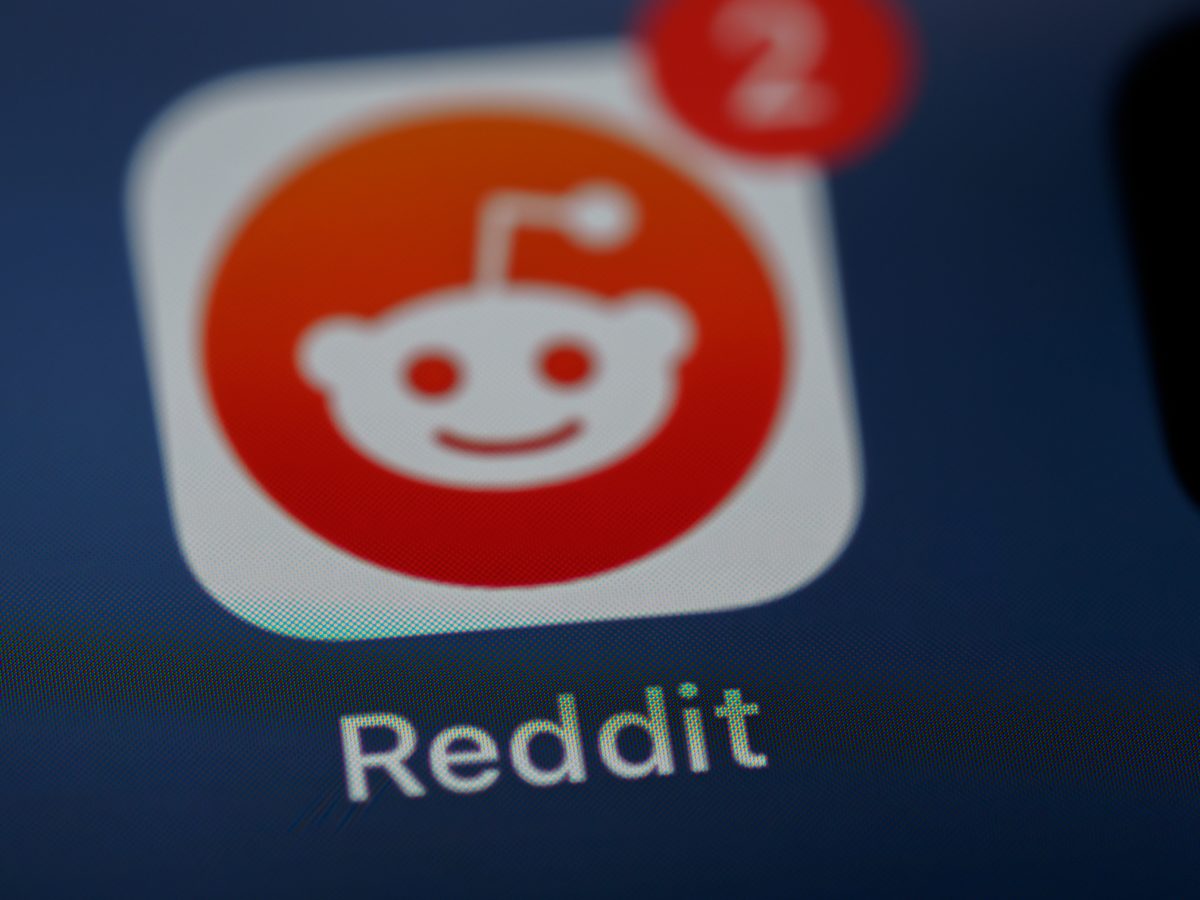



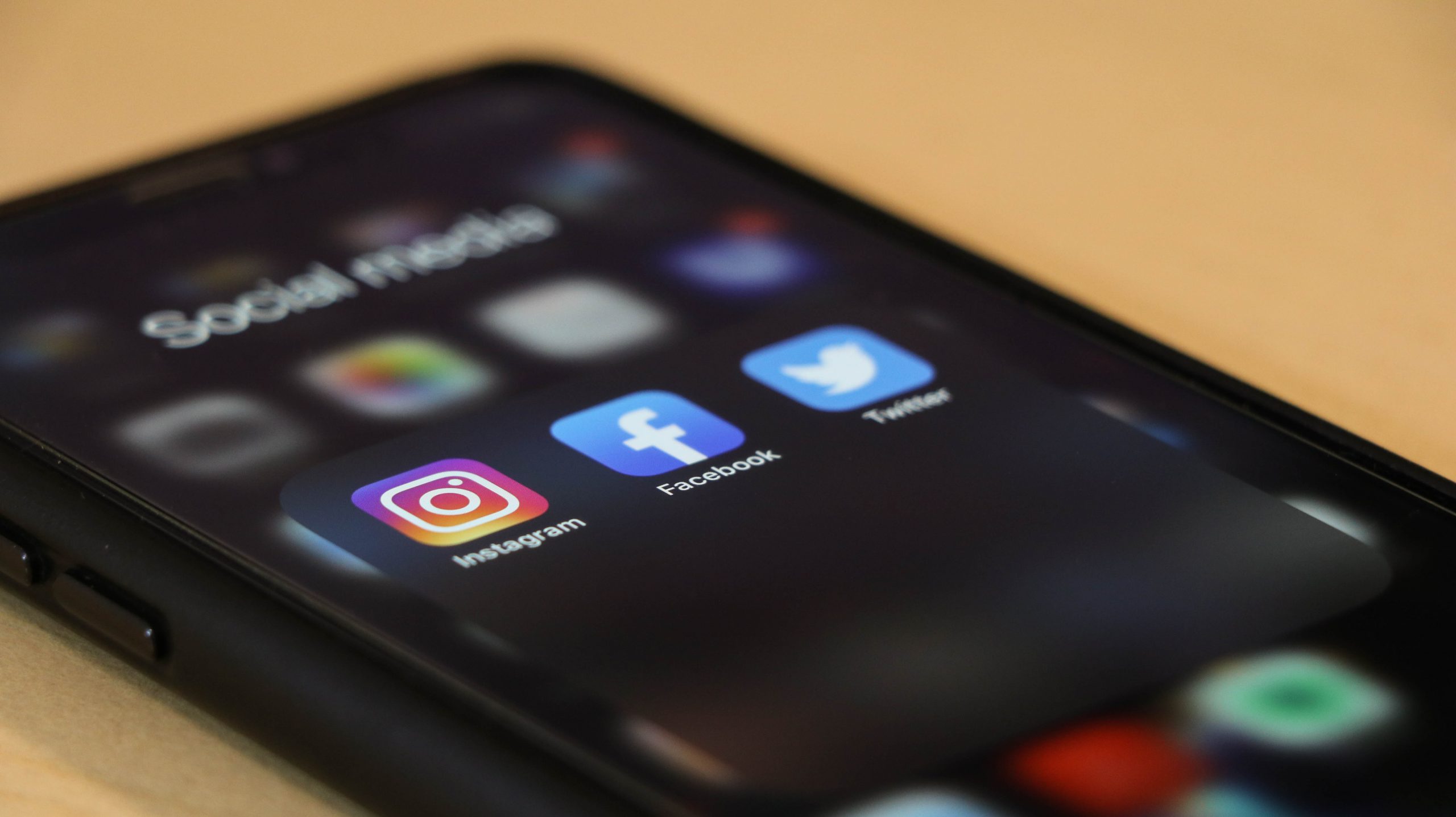
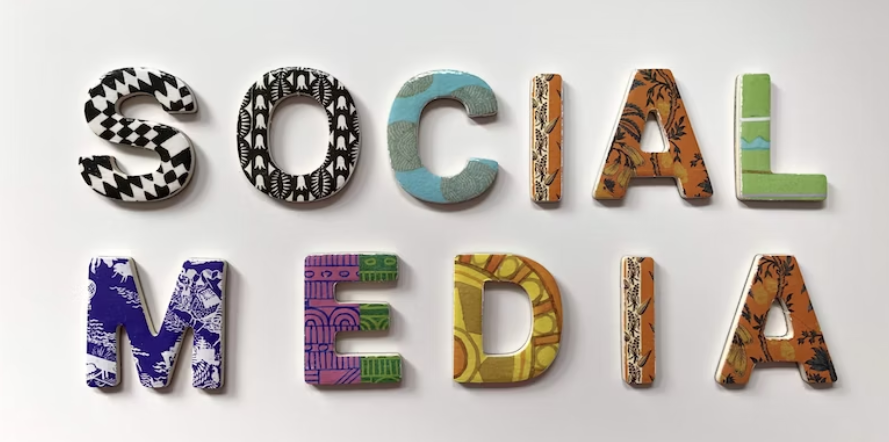
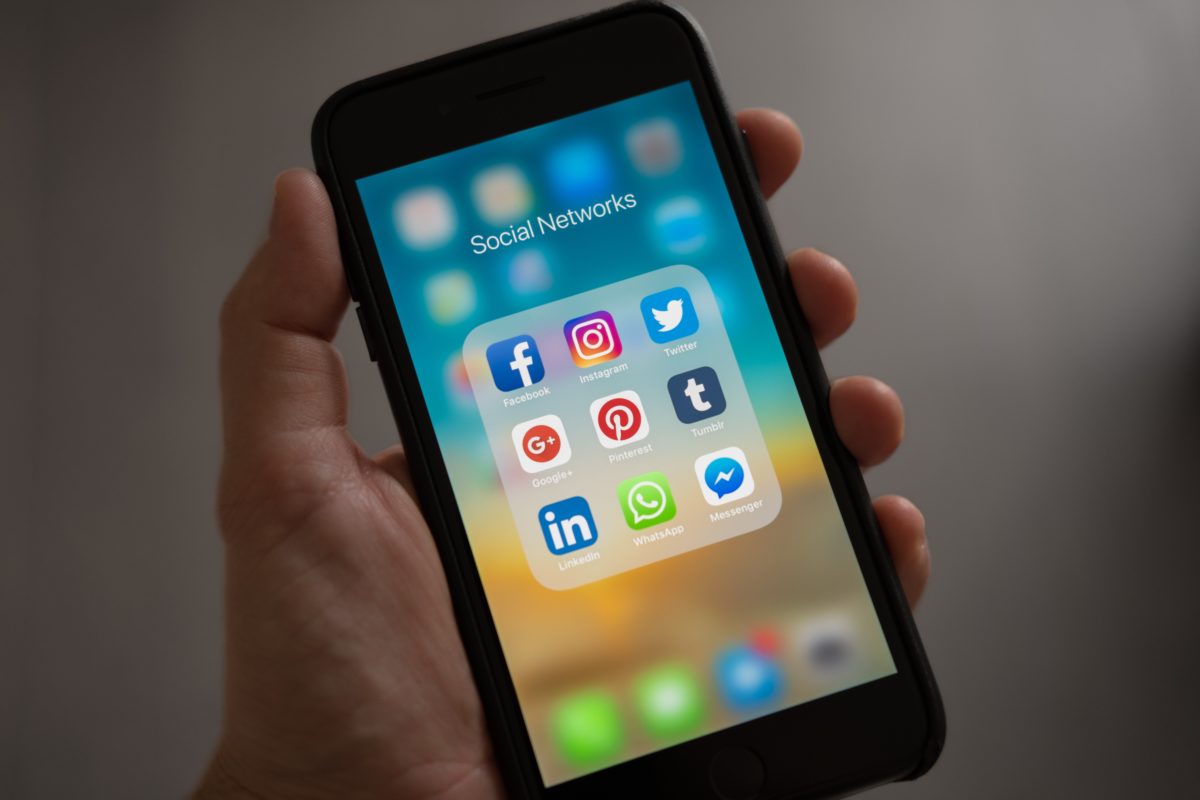
![7 tips to become a successful fitness influencer [plus examples]](https://www.dailystory.com/wp-content/uploads/2021/06/victor-freitas-qZ-U9z4TQ6A-unsplash-1200x800.jpg)

